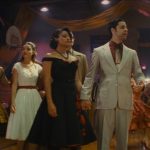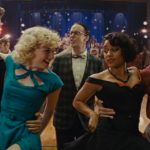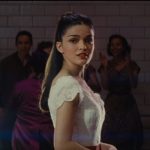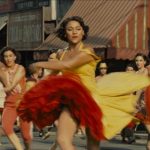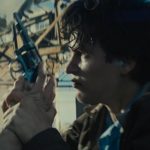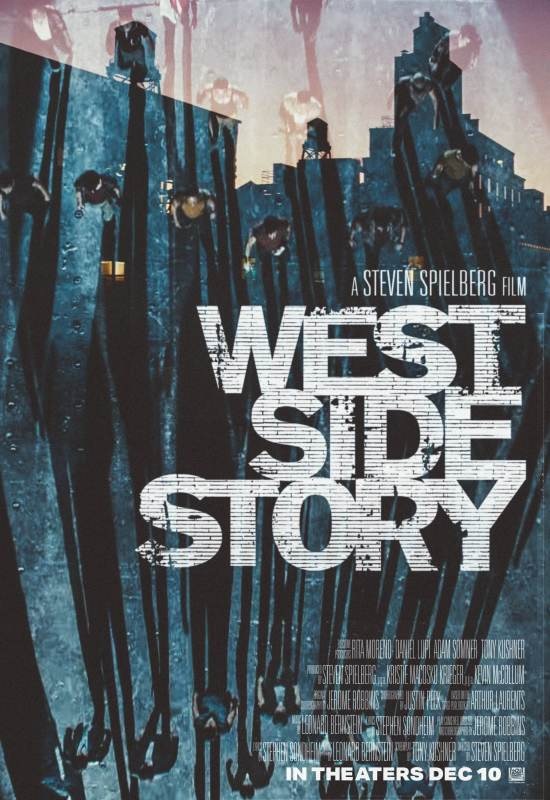

2021 – West Side Story
Before seeing this movie, I was really questioning why a remake needed to be done of such a great film from 1961. The earlier version was so good that it took home the Oscar for Best Picture. The dancing was beyond incredible. The music was fantastic. What more could a modern filmmaker bring to the table? But now that I’ve seen the film, I get it. I understand why it was done, and I loved it!
There are three kinds of remakes that I can really appreciate. First is the kind that follows the original so closely that it is like an homage. The second is the kind that can use modern visual effects and filmmaking techniques that the original could not have done. And then there is this. Directed by Stephen Spielberg, the only thing about this movie that was not updated in a significant and fantastic way was the music and lyrics. If you change those things, it is no longer the same show, and I wouldn’t exactly call that a remake. And besides, Leonard Bernstein and Stephen Sondheim’s work can’t really be improved upon, as it is pretty much perfection.
But the book was updated, in very large and significant ways. A few songs were put in different places in the show, so that while the music and lyrics were exactly the same, they took on completely new meanings. Minor characters who were important to the plot were given more fully fleshed out personalities, allowing their actions to have more weight. Major characters were given plausible backstories, making their story arcs more meaningful and relatable. The aesthetics of the film were given a more modern and gritty makeover, making it seem no longer like a filmed stage-play, but a completely realized movie grounded in the real world. It was fantastic, and completely appropriate, because the basic story remained the same. Even all the dialogue was modernized, while keeping the story the same.
For example, the street gang, the Jets, were depicted as dirty, tough, juvenile delinquents. They were actually scary because their fights weren’t choreographed dance fights. In the fight at the beginning of the movie, and at the rumble, later in the film, they tried to beat the crap out of their rivals. The vandalized public property. They habitually stole things from local stores. And yet they were kids. The sharks were actually portrayed as more civilized and home oriented.
But here they were given aspirations and dreams. They were given relationships and realistic motivations. They went from being two-dimensional characters to realistic three-dimensional people. For example, in the 1961 film, how much did we really know about Bernardo? He was leader of the Sharks, and he was Maria’s brother, and Anita’s boyfriend. But here he is a professional boxer. He is in America, though not by choice, acting as the head of the household, in which he and the two women all pay rent.
But there were two minor characters who were brought out into the foreground a bit and we got to know them and their motivations. One was the character of Anybodys. Here, they made her a trans-boy, a girl who thinks of herself as a boy, and so, is attracted to women. I think it was brave and smart to turn the tomboy into a trans-boy. It modernized the character without changing his function in the narrative, and it was great to have the minority represented in such a positive way.
But for me, the most significant character update was that of Chino. In the original, he was barely there. He was an afterthought. But here, they made him Bernardo’s best friend with plans to be a respectable accountant. They gave him a likeable personality, giving weight to his decisions, emotions, and actions. They showed how his feelings were hurt when Maria left him at the dance. It allowed us to understand why he hunts down Tony and murders him in the story’s climax. And it allows us to feel bad for him as he is taken into custody by the police.
And those weren’t the only two minor characters who got fleshed out. The character of Doc was changed to Doc’s wife, and was played by Rita Moreno, who of course played Anita in the 1961 film. They also gave the song There’s a Place for Us to her, as a serious and touching backdrop to the terrible things that the street gangs were doing, all in the name of hate and intolerance. It was very well done.
But I also have to make mention of another significant difference in this wonderful remake. They used Latino actors to play the Puerto Ricans, not white people with dark makeup. And here, their modernized staging put a ton of extras as regular background actors, a realistic, busy New York, something that was strangely missing from the 1961 movie.
But I would be remiss if I didn’t name some of the wonderful actors like Ansel Elgort as Tony, Rachel Zelger as Maria, Ariana DeBose as Maria, David Alvarez as Bernardo, and Mike Faist as Riff. They all did a great job, and boy, could they dance, especially Alvarez and DeBose. And I’ll say it again, I loved Josh Andres Rivera as Chino and Iris Menas as Anybodys. I loved all the wonderful updates that made this a worthy remake that I wouldn’t mind owning in my personal collection.


